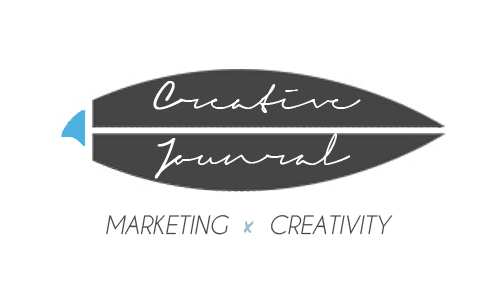
5 years ago, marketing through online branding was considered far fetched at best. The concept was raw, and the number of companies using it scarce. Today though, blogs, social networking profiles and online advertisements have become almost standard practice when it comes to marketing. The question now becomes “what brought about the change?”
The answer to this lies within the question: Change.
We must always remember that although ‘change’ can be a frightening concept, ‘change’ has helped us improve our quality of living, helped us make new discoveries and in some cases, been a beacon for hope.
When it comes to marketing, change can be scary, exciting and rewarding. What’s important is that we always remember that change is inevitable.
Why Consumers Demand Change
10 years ago, advertising in newspapers had impact. 7 years ago, advertisements on TV had impact. Today though, these marketing points of engagement have seen their impact value diminish significantly.
The more consumers continue to be exposed to ‘traditional’ marketing practices, the more they become desensitized. By desensitized, I am referring to the fact that consumers have been overloaded by products in the same traditional form that they are no longer ‘attracted’ or ‘enticed’ into buying the product. Essentially, consumers have zoned out.
As a result, companies must continue to push the envelope when it comes to developing new marketing strategies as well as finding new ways to engage potential customers. If you want to get consumers to pay attention to you, then you must break the mold. Once something is done, then it is only a matter of time before it’s been overdone. Especially with the power of the internet, the time period between marketing strategies going from ‘brand new’ to ‘overdone’ can be a matter of months.
Taking Advantage Of Resistance
As mentioned earlier, when it comes to marketing, change can be scary. Scary, because we don’t know what the outcome will be. What might seem like a great idea at first, might end up blowing up into a PR disaster. Along those same lines, change can also mean breaking away from something that works.
Take for example the popular saying “If it’s not broken, Don’t fix it.” While there are numerous variations of it, the message is simple: why risk changing something that works? At first glance, this makes sense, but dig deeper and you see the flaw in this concept.
The best way to understand the flaw in this concept is to look at hybrid cars and its relationship with the auto industry. When the concept of ‘hybrid cars’ was first introduced, it was met with stern resentment by automotive makers. Auto makers didn’t see why consumers would want cars that could go 50 miles per gallon when they could buy cars that were twice as big and used twice as much gas. Only until gas prices exploded did automakers begin to panic and start pushing into development hybrid cars.
Still, it was too late. Toyota owned the market. Toyota understood that by depending on fossil fuel, we would eventually face high gas prices. In response, Toyota developed the Prius and thus became one of the first large automakers to introduce hybrid cars. Although many remember it for being ‘ugly,’ many more remember it for its amazing gas efficiency and more importantly, for being the ‘original’ hybrid car.
When it comes to marketing, a company that settles for the status quo, is selling themselves short. What happens when the status quo changes all of a sudden? What will you do when what you are doing no longer works? Hybrid cars, are just one example of the importance of change.
When there is a strong resistance to change, that is when you are at your weakest. Even if you don’t want to change, you need to understand that the market dictates everything. Remember, marketing needs to be progressive, not average.
Intelligent Marketing
While change is a pivotal concept in marketing, it is also important to practice intelligent marketing. This means that although identifying new points of engagement are important, knowing how to use them and also if it is right for you is imperative when moving forward.
While many companies have already begun marketing through social media, many still are not sure on how to best use networks like Twitter and Facebook. Others have MySpace accounts even though it doesn’t fit their market nor their brand. For change to be effective, intelligent decision making is just as important as creativity.
—
Seth Godin, author of Tribes, wrote:
“Marketing, the verb, changed the market. The market is now a lot less impressed with average stuff for average people, and the market is a lot less impressed with loud and flashy advertising. Today, the market wants change.”
If the market dictates success and failure, then when it comes to marketing, we need to make change synonymous with success.


Olá, Josephayi!
O seu Blog é absolutamente. Magnífico!
Parabéns pelo Site!
Abraços,
LISON.
Change is the only constant. Technology changes, people behavior changes, marketing has to change.